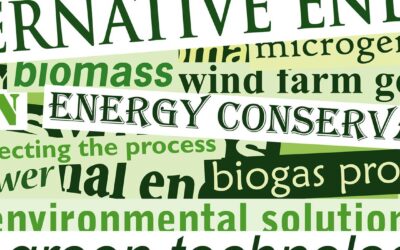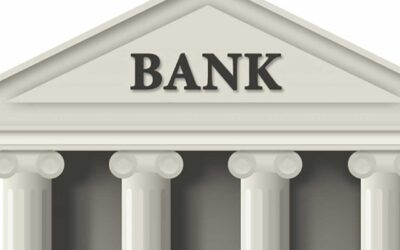Obama’s cap and trade plan would rebate at least 80% of the revenue collected from carbon permits directly back to taxpayers. David Roberts asks a question that I think has been puzzling a lot of people:
> Say you put a price on carbon and rebate the revenue.
> Business costs rise, but they get that money back by raising prices for consumers.
> Consumer costs rise, but they get that money back via rebates.
> **Who, in this scenario, has any new incentive to shift to low-carbon electricity or efficiency?**
Short answer: everyone.
This is genuinely confusing. Under a cap-and-trade system, the question of whether carbon emissions are reduced is almost entirely divorced from the question of what happens to the money raised from taxing carbon.
Let’s say I’m your utility, and I raise your energy prices such that, at present rate of consumption, your bill will rise to $50,000 per year. Then I hand you an annual rebate check for $50,000. You can do one of two things.
1. Give the money right back to me to pay your energy bill. Money is shuffled. Nothing changes.
2. Use part of the $50,000 to install a solar hot water heater, put in triple-glazed windows, and replace your light bulbs. Then you set your programmable thermostat two degrees lower, throw away your second fridge, and hang a clothesline. All of this will cost you a few thousand dollars, and you’ll slash your energy use in half. Now, year after year, you pocket $25,000 from the rebate check.
This example uses exaggerated numbers, obviously, but it helps to show where the “money shuffling” criticism of cap-and-rebate goes wrong (and more realistic numbers don’t change the basic math). When you raise the relative price of energy, people shift their consumption patterns, even if they have more money to spend. They don’t simply plow the extra cash straight back into energy.
Note, also, that people’s behavior doesn’t really depend on getting that rebate check. If I raise your annual energy bill to $50,000, you’d be a fool not to install the solar water heater and clothesline regardless. The rebate just changes the distributional consequences of the carbon cap. Under a rebate scenario, you actually wind up richer. Under a permit giveaway scenario, the utlity winds up richer. This is the wacky, counterintuitive thing about cap-and-trade: the system works regardless of how you dispose of the money raised. Rebating it to consumers has the nice property of offsetting the regressive nature of higher energy prices without undermining the environmental integrity of the system.
There are other, more subtle problems with the money-shuffling criticism. For example, it ignores the action of the cap. If for some reason people don’t change their energy consumption patterns when they get their rebate checks, then the cap is going to bite. Carbon permits are in fixed supply, so they will become more expensive. Prices will continue to rise until people do change their consumption patterns.
A third problem is the notion that businesses don’t care about carbon costs because they can pass them on to the consumer. In the real world, businesses care about costs an awful lot. Fortunes are made and empires built on the ability to squeeze costs out of the supply chain. When carbon carries a price, businesses that can find efficiencies or switch to non-carbon sources of energy will be able to pass those savings on to their customers. Then their competitors will go out of business. Then environmental bloggers (like me) will do happy little dances, writing about the smart green companies that are growing rapidly, hiring new employees, and wringing a profit from the new green economy. Hoo-ray!
**Update:** Grist also published a nice piece from Michael Livermore on how cap-and-rebate is more fair to low-income taxpayers.
Brought to you by terrapass.com
Featured image







